‘We want to put Sheffield's homes back in the hands of the people’
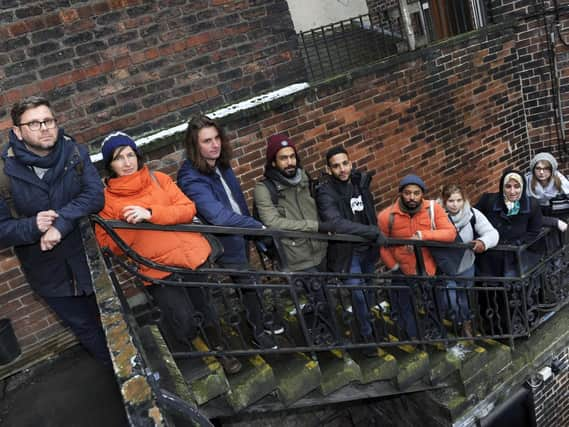

More than 120 years since Laycock House was built, on Pinstone Street near the Peace Gardens, it could provide the blueprint for another radical transformation of the way we live.
The Sheffield Community Land Trust (SCLT) is being set up as an alternative to speculative investment by big developers, often from outside the city or even overseas, seeking a quick profit.
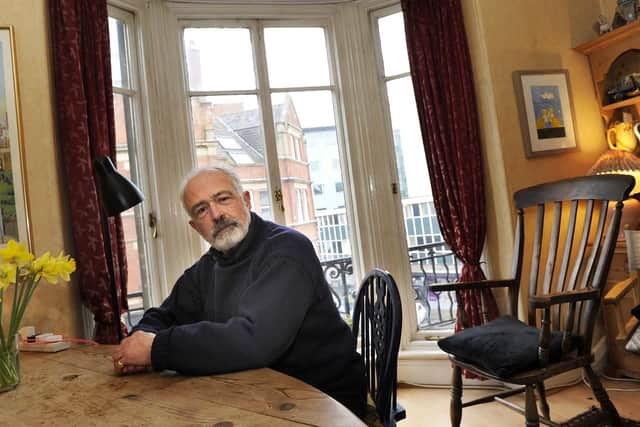

Advertisement
Hide AdAdvertisement
Hide AdThe team behind it envisage a new model where homes are run by ordinary people to keep them genuinely affordable both now and for generations to come – and they believe Laycock House might be the perfect place to start.
The Victorian premises were hailed by their designers as ‘better class dwellings’, which showed how city centre living should be – in stark contrast to the cramped slums they replaced.
They are due for a major renovation as part of Sheffield Council’s £500 million Heart of the City II redevelopment, under which the rest of that block – including, controversially, the old Athol Hotel on the corner – would be demolished and replaced with new homes and offices.
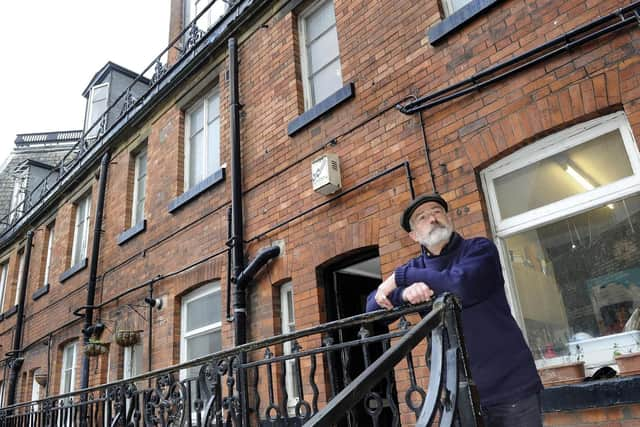

Under those plans, a new courtyard and cafe would be created at the rear of the block, where a staircase leads to the homes on the upper floors.
Advertisement
Hide AdAdvertisement
Hide AdMembers of the fledgling community land trust believe the five existing homes there, potentially along with a handful of the new neighbouring apartments, could be an ideal first project.
The non-profit organisation wants to buy the homes from the council and manage them, using the income to maintain those properties and create new homes around the city.
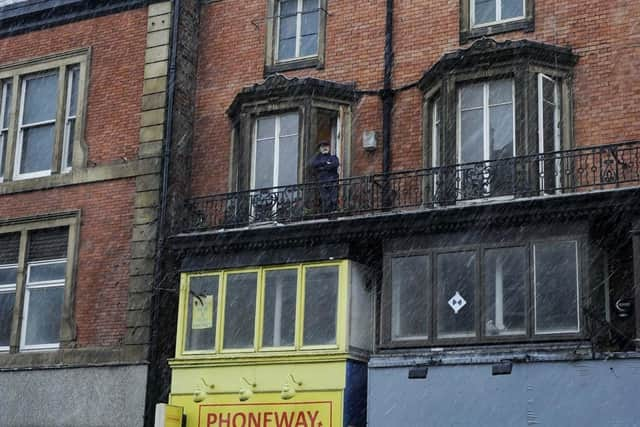

One of the trust's founding members is Cristina Cerulli, who co-founded the social enterprise architecture practice Studio Polpo and is a reader in community-led architecture and urban design at Sheffield Hallam University.
Ms Cerulli, who is working with some of her students to explore a range of approaches for the Laycock block, said: “Community land trusts are locally driven and controlled, and they can meet local housing need, while providing homes that are permanently affordable.
Advertisement
Hide AdAdvertisement
Hide Ad“They give the community an asset for the future and genuinely empower local communities, which are part of the vision and the solution for the local area.
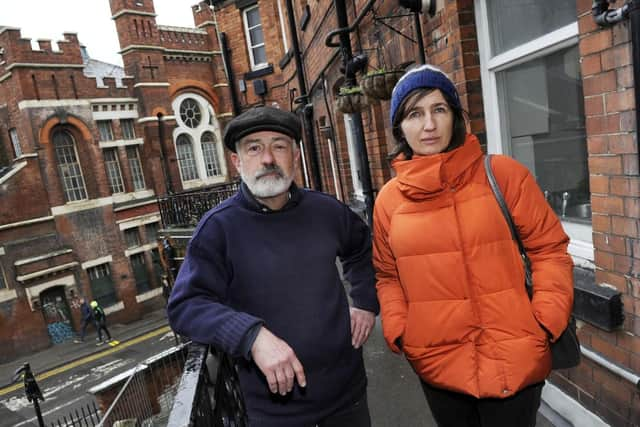

“Commercial developers try to maximise profit in the short term, often with little benefit for the community.
“This is about creating homes where people want to live for a long time and become part of the community. Because it’s a more sustainable model, lenders are willing to invest.”
Community land trusts are nothing new. There are nearly 300 across England and Wales, which have already developed 800 affordable homes and are working on nearly 6,000 more. But this would be the first in Sheffield.
Advertisement
Hide AdAdvertisement
Hide AdThe plan is that it would begin with small scale pilot projects before expanding into larger schemes, potentially including developments of its own, around the city.
The trust has had talks with the council about Laycock House and is drawing up a detailed business plan, but it is already looking at other opportunities around the old Taylor’s Eye Witness works in the city centre.
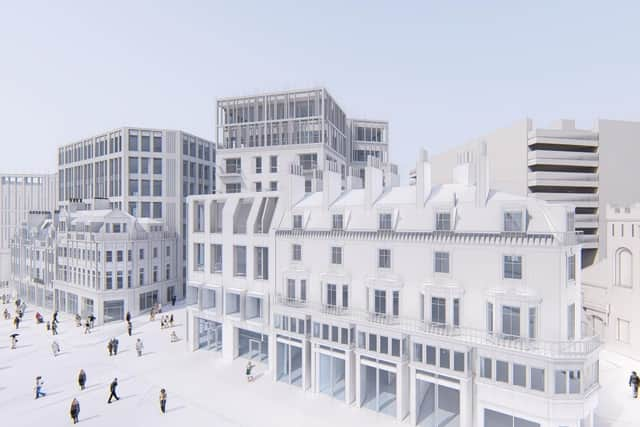

Membership of such trusts is open to anyone, with the idea being that ordinary people can help decide what sort of homes are built in their neighbourhoods, giving them more of a stake in where they live.
Another of the trust’s founders is Rupert Wood, who runs the APG Works art gallery and had lived at Laycock House for a decade before becoming the last occupant to move out last week ahead of its refurbishment.
Advertisement
Hide AdAdvertisement
Hide AdHe said: “Sheffield Council recently announced it expects 10,000 more homes to be built in the city centre over the next decade, and this is the time for a debate about what sort of homes they should be.
“Are we going to be creating real neighbourhoods or just boxes, with little communal space, where most people don’t even know the person living next door?
“Is it really OK to run to outside developers and for Sheffield's homes to be held by absentee landlords? We don’t think so. We think we need to find a way to do it ourselves.
“A Community Land Trust would let local people choose the type of homes they think are needed in their city.
Advertisement
Hide AdAdvertisement
Hide Ad“It would enable them to get involved with the buildings in which they live, making them more likely to engage long-term with the community.
“It's healthy, it’s interactive and it's an economically stable way of doing things.”
For Mr Wood, Laycock House shows how things could be done, and he believes it should be used as a model for future developments in the city centre.
He claims the layout is perfectly designed to foster a sense of neighbourhood - unlike the apartments planned as part of the Heart of the City II development within the same block, which he opposes.
Advertisement
Hide AdAdvertisement
Hide Ad“Laycock House was built by a trust as ‘better class dwellings’, in contrast to the slums which were demolished where John Lewis now stands across the road, and for many years the homes here were rent controlled to keep them affordable.
“The courtyard living you have here is an excellent template for future developments, whereas the new apartments being proposed by the council would have an enclosed concrete staircase and no communal space, which is a very antisocial way of living.”
